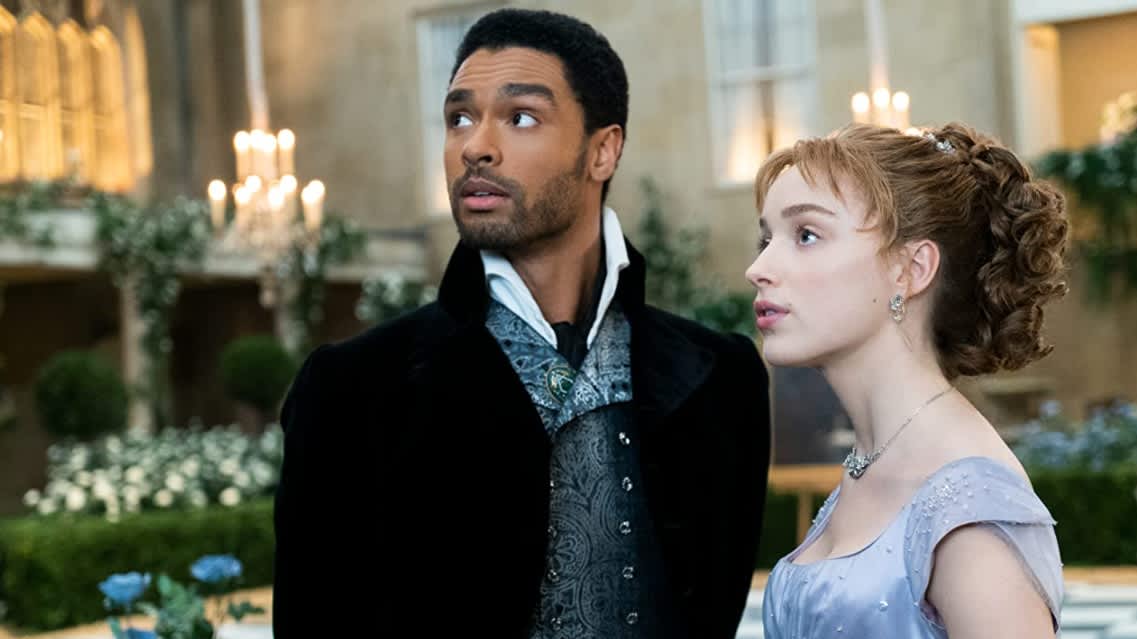Rege-Jean Page and Phoebe Dynevor star in Netflix’s “Bridgerton”.
Netflix
Netflix launched an unprecedented diversity study on Friday to analyze the composition of Netflix’s talent on the screen, as well as the creators, producers, writers and directors behind the camera.
The report shows that the company has moved forward, but still has a lot of work ahead of it to close the diversity gaps. The company says it is committing itself to an “inclusion lens” in its work, which co-CEO Ted Sarandos says it means asking questions like, “Whose voice is missing? Is this representation authentic? Who is excluded?”
The company also announced the creation of the Netflix Fund for Creative Equity, which will invest $ 100 million over the next five years in organizations that help underrepresented communities train and find jobs on TV and film. Netflix has also pledged to release an update on this study every two years until 2026.
The study was conducted, at the request of Netflix, by Stacy Smith, who is a PhD in communications and human development and founder and director of the USC Annenberg Inclusion Initiative. The USC Annenberg Inclusion Initiative produces regular reports on diversity in film and television. Smith’s team examined all the films and series that Netflix ordered between 2018 and 2019. Of the 22 inclusion indicators (such as racial identities, LGBTQ + and disabilities), 19 showed improvements over the two-year period.
Netflix’s strengths in diversity revolve around women. The study found gender equality in leading roles in films and TV series. Smith also found that Netflix is overtaking the industry by hiring women and people of color as directors. Netflix also exceeded the proportional representation of black protagonists and the main cast.
But the report also found that other racial and ethnic groups were underrepresented in relation to the US population. LatinX characters were only 4% of the leads, despite being 12% of the population, and only 3% of the creators and producers were LatinX.
The study also found that LGBTQ + characters were rare: only 4% of the protagonists in films and 1% in TV series. And although the study says that 27% of the US population identifies themselves as disabled, less than 1% of the protagonists of the series and only 5% of the main cast were characters with disabilities.
“Dr. Smith’s years of research – including this new study – confirm the inclusion behind the
camera exponentially increases inclusion in front of the camera, and that both depend on ensuring that Netflix executives who order these stories are also diverse, “Sarandos wrote in a blog post about the report.” Doing better means creating even more opportunities for underrepresented communities to have their voices heard and purposely closing capacity and skills gaps with training programs where needed.
Friday’s news and the company’s background are the latest in a series of commitments to diversity.
In January, the company released its first Inclusion Report on the ranks of Netflix employees. And in June, Netflix made a $ 100 million pledge to support black communities, putting 2% of its money into black financial institutions that serve low- and moderate-income communities.
Netflix founder and co-CEO Reed Hastings has also made a personal commitment to diversity. In June, Hastings and his wife donated $ 120 million to historically black colleges and universities.
